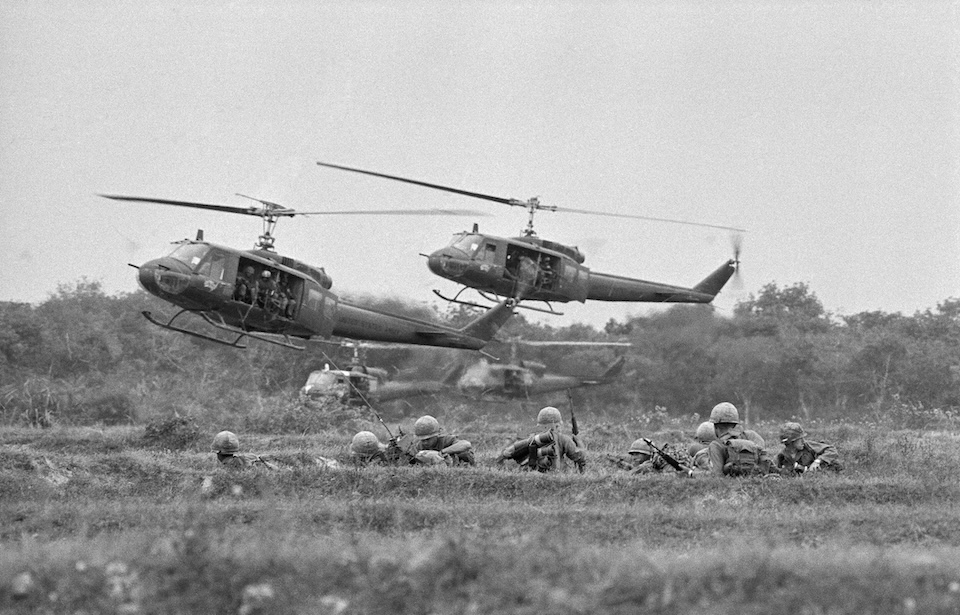Helicopters were commonly used during the Vietnam War
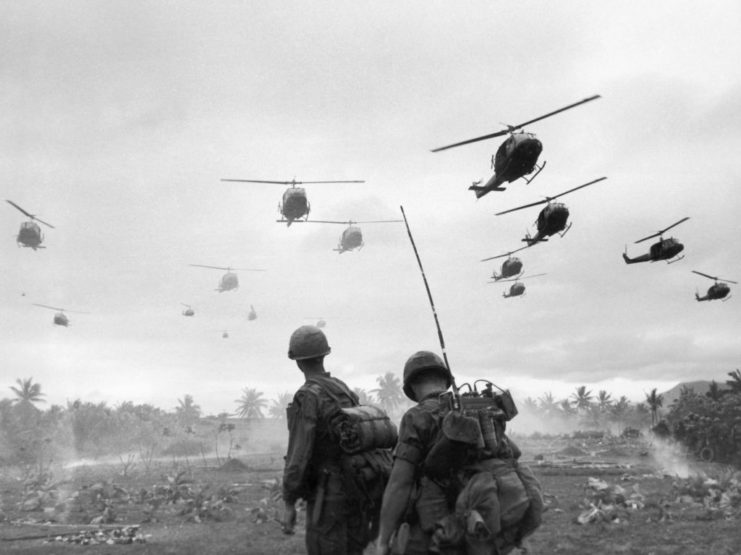
In the early stages of World War II, helicopters were still in their infancy, primarily existing as basic prototypes. By the time of the Korean War, their role in evacuating wounded soldiers became crucial, ensuring swift transport to safety. However, during the Vietnam War, helicopters became ubiquitous. Over 12,000 were deployed during U.S. involvement, serving in various different roles.
These helicopters played a key role in numerous operations, yet operating them came at a high cost. Approximately 40,000 pilots and 60,000 crew members faced the dangers of wartime missions. Sadly, 2,165 pilots and 2,712 crew members lost their lives, constituting about eight percent of all U.S. combat fatalities.
Meant to aid the South Vietnamese during Operation Lam Son 719
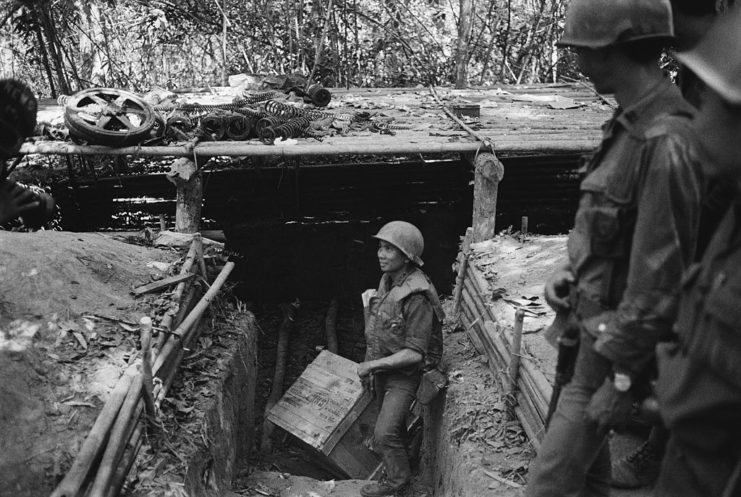
The Ho Chi Minh Trail, named after the North Vietnamese leader, stretched from Vietnam through Laos and Cambodia and serving as a crucial supply route for the Viet Cong and the People’s Army of Vietnam (PAVN). The South Vietnamese were determined to disrupt this trail to prevent the enemy from receiving reinforcements and much-needed supplies.
Even though the U.S. was strongly committed to backing South Vietnam, it was banned from sending ground troops into Laos. Because of this, they concentrated on providing support via helicopter-based air assistance. Given the challenging terrain and the enemy’s ability to hide themselves in the jungle, helicopters offered a notable advantage, improving mobility and access to remote areas.
The operation was intended to be a major step toward Vietnamization
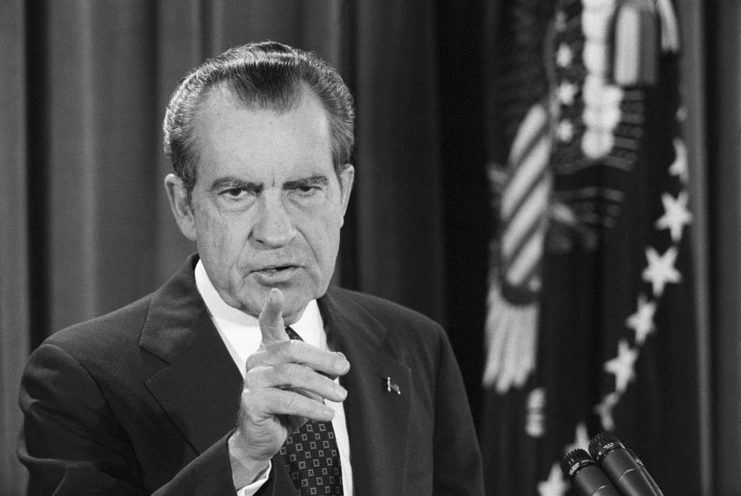
Operation Lam Son 719 was intended to mark the start of what President Richard Nixon called “Vietnamization,” a strategy where responsibility for the conflict would gradually shift to the Army of the Republic of Vietnam (ARVN) as American troops began their withdrawal. There were also expectations that a victory might uplift the morale of ARVN soldiers.
Originally planned to last between 90 and 120 days, the operation depended on U.S. air support to help South Vietnamese forces push further into enemy territory. The goal was that advancing into Laotian territory would force the North Vietnamese to fight openly, making them more vulnerable to air strikes.
US forces weren’t prepared for the North Vietnamese response
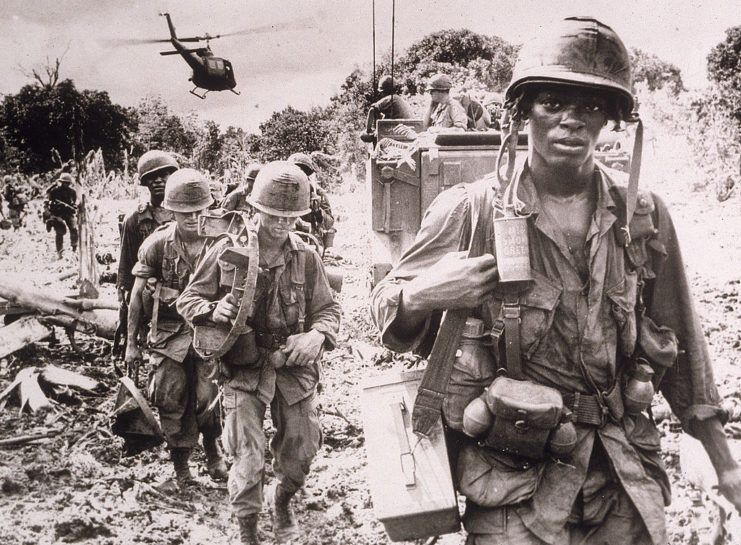
Throughout the planning stage, the United States anticipated minimal resistance from North Vietnamese forces. However, the People’s Army of Vietnam (PAVN) was well-prepared for defense, having gathered intelligence in advance. Helicopters faced relentless assaults, as the enemy launched anti-aircraft artillery fire almost 24 hours a day.
The Vietnamese attacks had a significant impact. Out of the 750 American helicopters utilized in the operation’s 160,000 sorties, 108 were completely destroyed, with 618 sustaining damage—20 percent of which was irreparable. Within a span of just two months, 72 helicopter crew members lost their lives, 59 were injured, and 11 were reported missing.
The aftermath of the operation
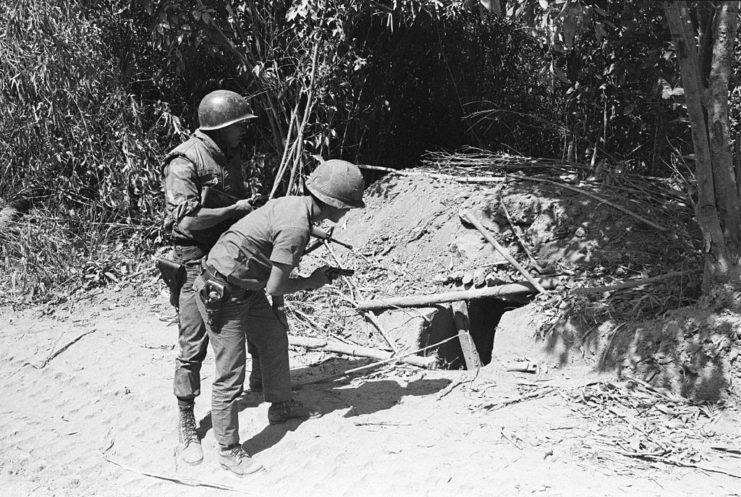
Despite initially intending to execute Operation Lam Son 719 for 90-120 days, US troops withdrew after only 60. Nonetheless, President Nixon portrayed the mission as a success, conveying in a televised speech, “Tonight, I can report that Vietnamization has succeeded.”
Similarly, South Vietnam asserted the effectiveness of the operation, with President Nguyễn Văn Thiệu declaring it as “the biggest victory ever.”
Want War History Online‘s content sent directly to your inbox? Sign up for our newsletter here!
However, it was North Vietnam that ultimately emerged as the victor. Construction of the Ho Chi Minh Trail persisted vigorously, extending it an additional 60 miles in length and 90 miles in width. The US also conducted a thorough review of their helicopter usage in battles, particularly questioning their survivability in hostile combat environments.
